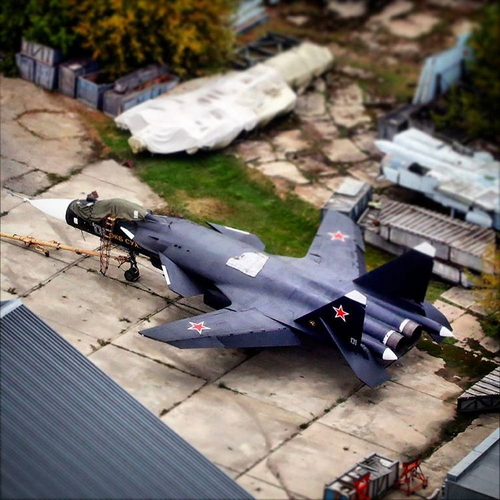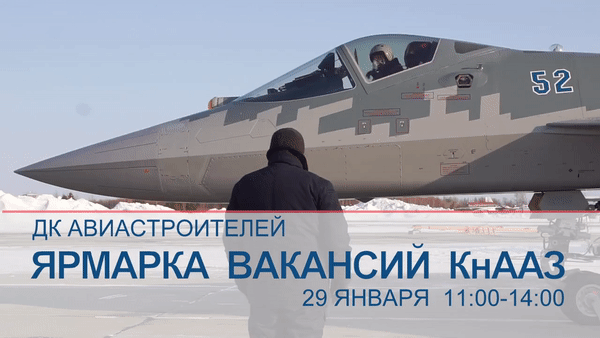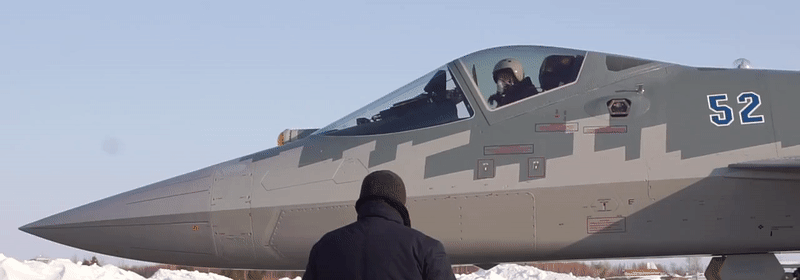- Joined
- 27 December 2005
- Messages
- 17,742
- Reaction score
- 26,323
The screenshot shows an AEW processor requirement of 20 MIPS range.
Intel Core i7 920 (4-core) 82,300 MIPS
I don't see it being a relevant parameter since 1980s.
Intel Core i7 920 (4-core) 82,300 MIPS
I don't see it being a relevant parameter since 1980s.
























